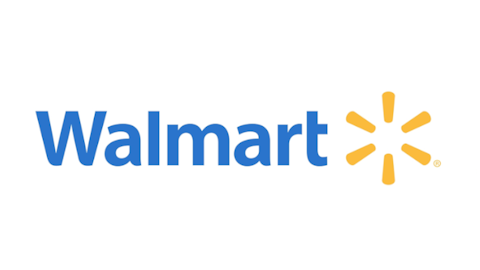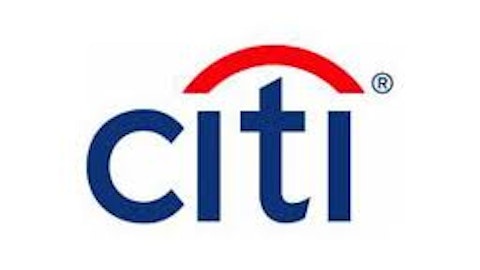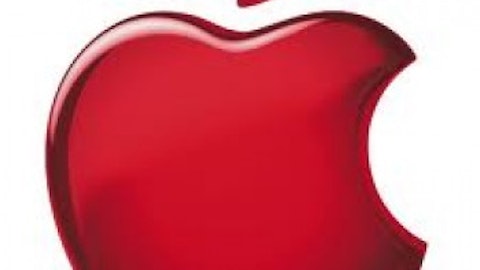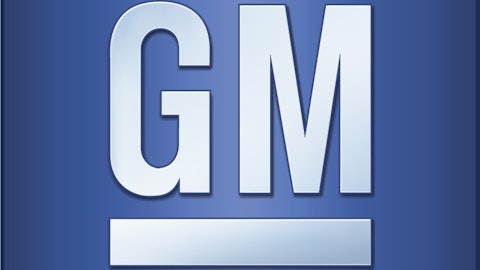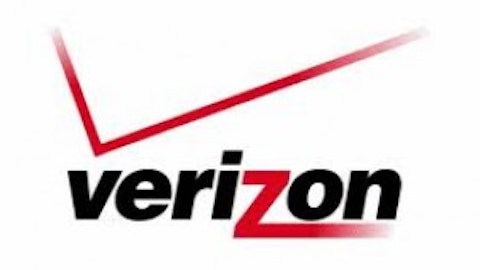On this day in economic and financial history…
After completing the first of his three world-changing voyages to the Western Hemisphere, Christopher Columbus returned to Europe — Lisbon, to be exact — on March 4, 1493. It had been exactly seven months since Columbus and his three ships departed from the Spanish region of Castile on a journey to the Far East, having since found a New World that turned out to be of far greater importance to global trade and commerce than a new seaward passage to known lands. In his possession was a letter written on the return journey, which was sent to the Castilian court to emphasize the vast untapped commercial potential of the lands he had found. By the time Columbus returned to the Spanish court on March 15, his extravagant embellishments of what he had found had already begun to spread far and wide. Within a year, the letter had reached most of the major cities of Europe, generating enormous interest in the riches of these undiscovered countries.
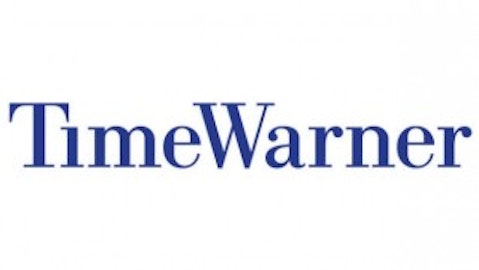
Columbus briefly governed the Castilian territories in the New World but was deposed and arrested over the brutality carried out during his tenure. Although he was not held long, Columbus never regained the power and wealth he had held as governor, and the generous terms of his first exploration were never upheld. After his death, Columbus’ heirs initiated a protracted series of lawsuits to gain what they felt were the rights to a perpetual share of the revenue generated by New World activity. The fact that the Columbian heirs are not well-known to history should give you some indication of the ultimate success of those lawsuits.
Columbus’ success generated a huge surge of interest in exploring these new lands, and within a century vast tracts of South American land had been colonized in the name of the Spanish and Portuguese crowns. The widespread exchange of crops, people, culture, and disease between the Eastern and Western hemispheres was later termed the Columbian Exchange, and it would prove to be one of the most transformative periods of humanity’s existence. Corn, potatoes, tobacco, and tomatoes came to Europe, while horses, coffee, and sugarcane were shipped to the New World. A number of other crops also made their way to diverse locations far beyond their original planting regions. The most unwelcome part of the Columbian Exchange was undoubtedly smallpox, which decimated Native American populations in the New World and is almost certainly more responsible for European dominion over the hemisphere than any technology or force of arms.
Two great media brands…better together?
Time and Warner Communications announced their intent to become Time Warner Inc (NYSE:TWX) on March 4, 1989. The deal brought out all sorts of superlatives. It would be “a frighteningly powerful company” created in a “mind-boggling” merger, with massive operations across music, publishing, television (both programming and cable subscriptions), and film. The merger was then estimated to create a company worth $15.2 billion, with $10 billion in annual revenue, surpassing privately held German media conglomerate Bertelsmann as the world’s largest communications company.
This combined company would go on to be one of the dot-com era’s most out-of-control growth stocks, peaking with a nearly 80,000% gain at the height of the boom. Two decades after the 1989 merger announcement, after its disastrous merger with AOL, Inc. (NYSE:AOL) had been cleared out of its system, Time Warner Inc (NYSE:TWX) still held onto gains of 6,800% — worthy growth, to be sure, but it was all downhill after AOL came calling.
The big daddy of supercomputing
The first Cray Inc. (NASDAQ:CRAY) supercomputer was sold to the Los Alamos National Laboratory on March 4, 1977. Developed by founder and supercomputing pioneer Seymour Cray, the Cray-1 cost $19 million and weighed more than five tons, due in part to the built-in Freon refrigeration system it required. The machine demanded its own electrical substation, which cost an additional $35,000 per month to operate. Los Alamos used the Cray-1 to develop new advanced weapons systems, having won the rights to its use after an intense bidding war with the Lawrence Livermore National Laboratory.
Cray Inc. (NASDAQ:CRAY) sold more than 80 additional Cray-1s at a price of $5 million to $8 million apiece. The supercomputer had capabilities roughly equivalent to the clock speed of an 80 megahertz microprocessor, which could be found in PCs by 1994. The first iPhone, released 30 years after the Cray-1, ran at more than 400 megahertz and was originally priced starting at $499, thus offering more than five times the speed at 0.008% of the cost.
Of course, by that point, Cray Inc. (NASDAQ:CRAY) had long since moved on. The Cray XT5, released in late 2007, resulted in one variant called Jaguar, which, after its latest upgrades, contained 224,256 Advanced Micro Devices, Inc. (NYSE:AMD) Opteron processors running at 1.75 petaflops. Used by the Oak Ridge National Laboratory to model complex scientific problems, this supercomputer computes at roughly 450,000 times the speed of the original iPhone — and it should, because at $104 million, it cost about as much as 200,000 iPhones.
The Dow thinks long-term
Both AT&T Inc. (NYSE:T) and United Technologies Corporation (NYSE:UTX) joined the Dow Jones Industrial Average on March 4, 1939. It was a second go-around for both companies, and it would prove far more successful than the first. AT&T had been inducted in 1916 and removed in 1928, and United Technologies — then United Aircraft — had previously enjoyed a one-year position from 1933 to 1934, which followed another brief membership as one of the parts of aviation monopoly United Aircraft and Transport Corporation. The 1939 reinduction would prove far more durable, as both companies have enjoyed uninterrupted membership ever since.
The Dow made a wise decision in adding these two venerable businesses. AT&T served approximately 15.8 million telephones in 1938 throughout the Bell System, generating $152 million in profit and paying out annual dividends of $9 per share for a yield of roughly 5.8%. A bear market double-whammy from 1937 to 1939 reversed the company’s momentum of earlier years, but this was true for many companies, as “corporate income in 1938 probably was at the lowest level in five years,” according to a New York Times commentary published at the start of 1939. Aviation was an exception: United Technologies saw its net income grow by 31% to approximately $4.8 million due to increasing military mobilization in the shadow of World War II.
In the course of these two companies’ 74-year index tenure, each has posted market-beating profit growth. United Technologies’ bottom line has grown at an annualized rate of 9.8%, and AT&T’s net income has grown 5.4% per year — which becomes an annualized growth rate of 6.8% if we instead look at free cash flow, which is a better metric for assessing telecom health and wasn’t available to investors in 1939. The Dow, by comparison, has grown 6.3% per year since adding these two companies.
The article A Whole New World of Investment Possibilities originally appeared on Fool.com.
Fool contributor Alex Planes has no position in any stocks mentioned. The Motley Fool has no position in any of the stocks mentioned.
Copyright © 1995 – 2013 The Motley Fool, LLC. All rights reserved. The Motley Fool has a disclosure policy.
